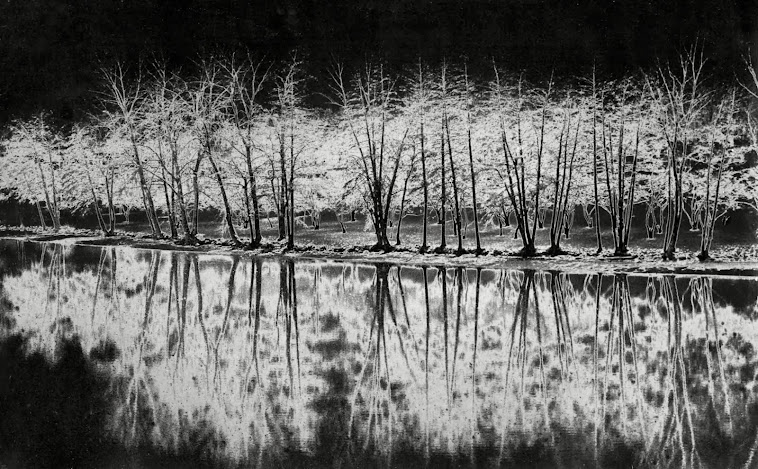It also offered wonderful views of the city, and my new Tamron 16-300mm lens gave me some awesome shots. Below, St. Blassii [foreground] and St. Benediktii [background] seemed close enough to touch [notice the wind turbines in the distant background].
Finally, we broke for lunch, and then did some window shopping until the sun reappeared. It was late in the afternoon, so we decided to get a different view of the Dom and castle. This required walking to the edge of town, and then going up 106 steps. The effort was worth it, as the sun cast a wonderful light on the two.
At the top and beyond that staircase we found ourselves in a charming neighborhood.
As we were taking our leave, I discovered this fascinating door containing convex mirrored windows, which created a series of varied reflections.
Finally, we retraced our steps back down the stairs and, since we still had some energy left, we went exploring below the base of the castle/Dom hilltop. Here are some shots taken along the way.
I will be away and miss next week’s SWF posting, but will resume in July with images from Magdeburg.





















































